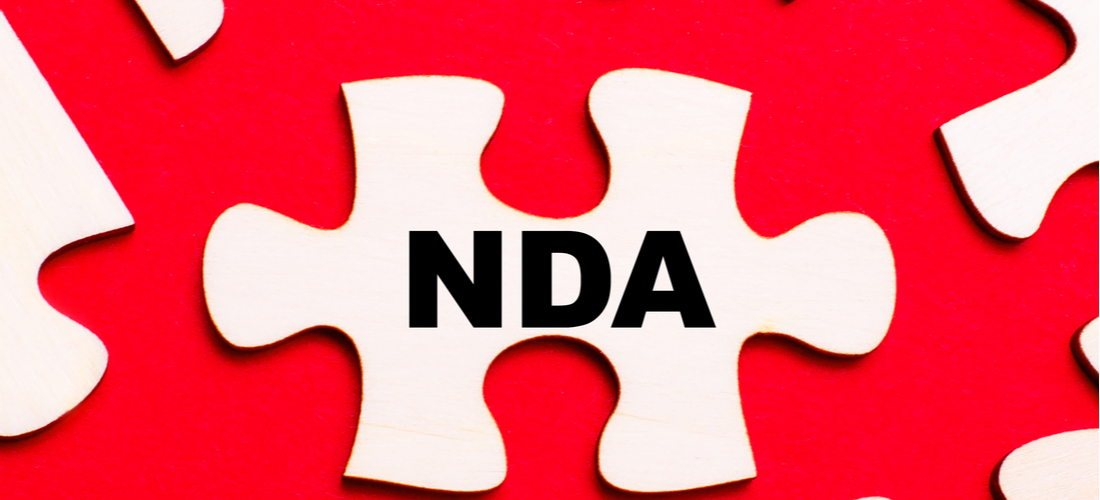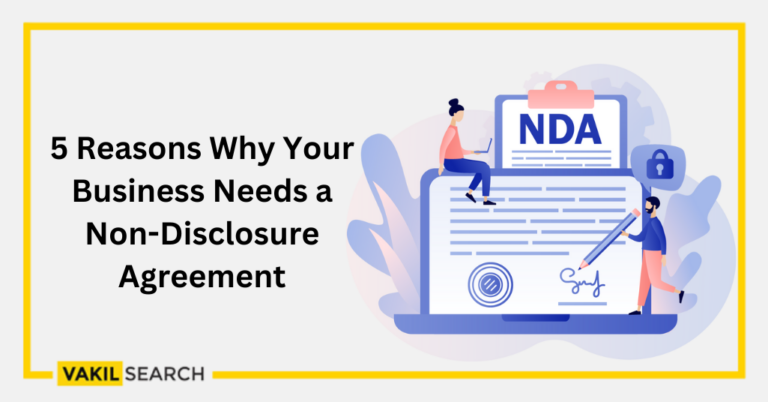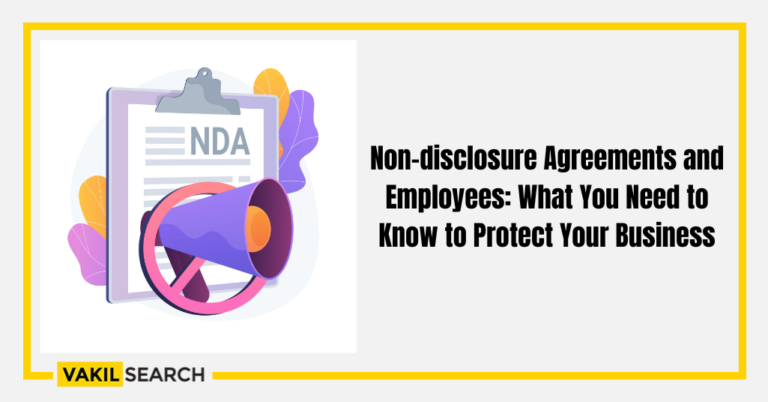Your employer must have asked you to sign a Non-Disclosure Agreement at some point in your professional career to protect trade secrets. Don't worry, it's all standard business procedure. Consider these tips the next time you are presented with an NDA.
Businesses must keep working on projects, innovative ideas, or intriguing new goods hidden to preserve a competitive advantage. know more on Sign a Nondisclosure Agreement!
So Know on Things to Look for Before You Sign a Nondisclosure Agreement. Similarly, startup companies with novel and profitable ideas can only succeed if what they are working on is kept secret. Let’s see what an NDA is and what things you should consider before signing it.
What Exactly Is a Nondisclosure Agreement?
A non disclosure agreement, or NDA, is a legal document that keeps such sensitive information under wraps. These agreements may be referred to as confidentiality agreements (CA), confidentiality statements, or clauses within a broader legal document. The following pointers below explain where and how NDA’s are typically used.
- An NDA is usually used whenever secret information is revealed to potential investors, creditors, workers, advisors, clients, suppliers, or other stakeholders who require access to the company’s confidential information
- Confidentiality in writing, signed by all parties, can increase trust in these types and reduce intellectual property theft. The non disclosure agreement will specify the details of the secret information
- Some NDAs bind a person to confidentiality for an unlimited time, preventing the signer from disclosing confidential information. Without a formal agreement, any information supplied in a trust may be misused maliciously or unintentionally made public
- The penalties for breaching an NDA are specified in the agreement and may include monetary damages, lost profits and commercial possibilities, or even criminal prosecution. The Non Disclosure Agreement in India Should be mention Precisely about the business requirements and other resources.
Things to Keep in mind Before You Sign an NDA:-
A nondisclosure agreement (NDA) allows two parties to do business while assuring that any information disclosed remains confidential. Keep the following seven considerations in mind before signing an NDA.
The Agreement’s Parties:-
The nondisclosure agreement should specify the parties to the agreement, which is the disclosing party or the side revealing the information, and which is the recipient. The parties’ names and addresses should be supplied.
Other individuals who may be parties to the agreement should also be identified in the agreement. For example, if an investor is a recipient, the information may need to be shown to their attorney, accountant, or business partners. These different parties will be bound by the nondisclosure agreement as well.
Determining what Information is Confidential:-
Before signing a nondisclosure agreement, make sure it is evident what information is covered and what is not. This is referred to as the agreement’s scope. Non disclosure agreement is widely used to protect customer lists, business strategies, employee information, financial statements, innovation information, and trade secrets.
The disclosing company typically wants the scope to be as broad as feasible, but a narrower range is more beneficial to the recipient. The agreement should identify the agreement’s exclusions or the sorts of information that do not need to be kept confidential, such as information an employee knew before starting work at a company or information a potential investor was aware of before reviewing a business plan.
Exclusions from the agreement can include anything that is already public knowledge and information that the receiver produced on their own or previously revealed to them.
The Agreement’s Timeline
The contract should state how long the agreement is binding, commonly several years, even if the expiration date is after the parties’ business is completed.
For example, if Tim’s Department Store is thinking about buying Norma’s Village Boutique, the parties will sign an NDA so Tim can access Norma’s financial information. Even if he decides not to purchase the business, he must keep the provided information confidential for the duration of the arrangement.
Information Restitution
The agreement mandates that sensitive information be returned to the disclosing party or destroyed or erased once the parties’ business has been completed or an employee has left a position. The recipient is frequently required to certify that they have done so.
Myra’s Handmade Booties, for example, shares its business statements with Mateo’s Angel Investors, who are considering investing. Mateo must return any documents he received and destroy any electronic data after the transaction is completed or he decides not to invest. (It’s worth mentioning that, while most electronic data is never totally erased, it should be removed from everyday use.)
The Recipient’s Obligations
A nondisclosure agreement often specifies that the recipient commits not to intentionally or mistakenly divulge or utilise the supplied information
For example, as a possible investor in a video game, you may be granted access to the programme to test it. You’ve broken the agreement if you play the game on the metro where other people can see it. A cell phone company employee testing a prototype model and inadvertently leaving it at a coffee shop would almost certainly be deemed to have violated the agreement as well.
Remedies for Agreement Breach
The NDA should specify what actions the disclosing party can take if the agreement is violated. This could involve the following;
- Suspension of proceedings. To prevent repeated breaches, the disclosing party frequently has the ability to request an injunction against the recipient if they breach the agreement
- Indemnification for losses incurred as a result of the breach. In most cases, the disclosing party is entitled to compensate for the damage caused by the breach
- Other remedies are based on contract breach. These could include actions for infringement of intellectual property, patents, or trademarks, as well as breaches of fiduciary obligation.
Other Provisions
A nondisclosure agreement should also include the following clauses;
- Judicial authority: The agreement should specify where any disagreements concerning the agreement will be resolved. Think about whether or not the place is handy for you
- Mutual Non Disclosure Agreement: In some cases, it’s a good idea to draft a mutual nondisclosure agreement that requires both parties to keep anything they’ve learned confidential. A unilateral nondisclosure agreement occurs when information is shared in just one direction
- Non-solicitation: An NDA is commonly used to prohibit the receiver from hiring away workers from the disclosing party or from contacting the disclosing party’s clients or customers
Conclusion:-
Although each NDA is unique and may contain terms not mentioned above, these are the seven most frequent sections to check for. You can have an attorney make your own document or use an online NDA template to create your own.
Read more:-










